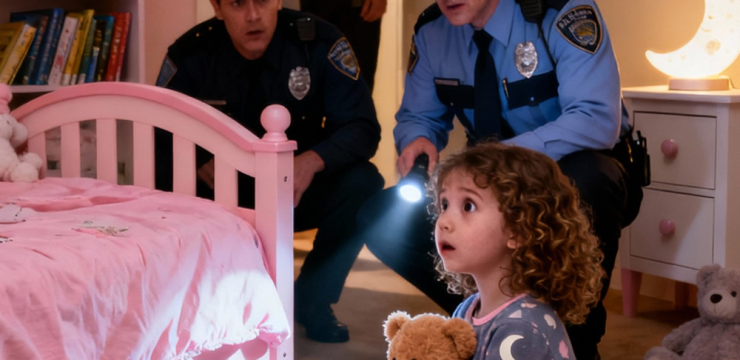At first glance, Savannah/Hilton Head International Airport in Georgia seems like any other major airport. However, upon closer inspection, there’s something unusual beneath runway 10—two graves. These graves belong to Catherine and Richard Dotson, the former owners of the land that is now the airport. Today, their final resting places are marked directly on the tarmac, offering a unique reminder of the past to the many travelers who pass by.

Who Were Catherine and Richard Dotson?
Catherine and Richard Dotson were early settlers and farmers who owned the land, known as Cherokee Hills, where the airport now stands. Both were born in 1779, lived on the farm for most of their lives, and were married for 50 years. Catherine passed away in 1877, followed by Richard in 1884. They were buried on their farm in a family cemetery that held at least 100 graves, including those of slaves and farm workers who once lived and worked on the property.
From Family Farm to Military Base
In 1942, during World War II, the U.S. government needed land for military use. The Dotson family’s descendants agreed to lease part of their land to the government to help with the war effort. The area soon became a crucial training ground for bomber crews flying B-24 “Liberators” and B-17 “Flying Fortresses” in preparation for military operations.
As the government expanded its use of the land, the family cemetery was included in the plans. The Dotson family negotiated which graves could be moved and which would remain in place. While most graves were relocated to Bonaventure Cemetery, the family insisted that four graves, including those of Catherine and Richard, stay where they were.
The Graves Beneath the Runway
Today, the graves of Catherine and Richard Dotson remain in their original location, now part of one of the airport’s busiest runways. In fact, Savannah/Hilton Head International Airport is home to the only known graves embedded directly in an active runway anywhere in the world. In addition to Catherine and Richard, the graves of John Dotson and Daniel Hueston—also family members—remain in nearby shrubbery.
Airport officials worked to respect the Dotson family’s wishes by paving over the graves but marking the spots with flat headstones embedded in the runway. These headstones, with the Dotsons’ names engraved, serve as a constant reminder of the land’s history to those flying overhead.
Honoring the Past
Rather than displacing the Dotsons’ graves entirely, the airport’s construction allowed for their permanent inclusion in the runway. According to local historian Shannon Scott, this practice of building on top of graves is a reflection of Savannah’s deep historical roots. The airport spokesperson even mentioned that the Dotsons have become “members of the airport family.” Many pilots and airport staff are familiar with the graves and the ghost stories that accompany them, contributing to Savannah’s reputation as one of America’s most haunted cities.
Savannah’s Haunted Legacy
Savannah is a city rich with history, and its reputation for being haunted adds to its charm. The graves of the Dotsons at the airport are just one small part of the city’s larger ghostly narrative. From soldiers who perished in the Siege of Savannah during the American Civil War to victims of yellow fever and fatal fires, the city is filled with stories of the dead. Visitors flock to Savannah for its famous ghost tours, where they can explore reportedly haunted sites all over the city. For some, the eerie experience begins the moment they land, with the Dotsons resting beneath the tarmac.
Conclusion
Savannah/Hilton Head International Airport is not just a hub for travel—it’s a place where history is literally beneath your feet. The graves of Richard and Catherine Dotson are a lasting tribute to the past, a reminder of the land’s former life as a family farm. While the city of Savannah continues to evolve, the legacy of the Dotson family remains firmly planted beneath one of the airport’s busiest runways, blending the present with a rich historical narrative.





